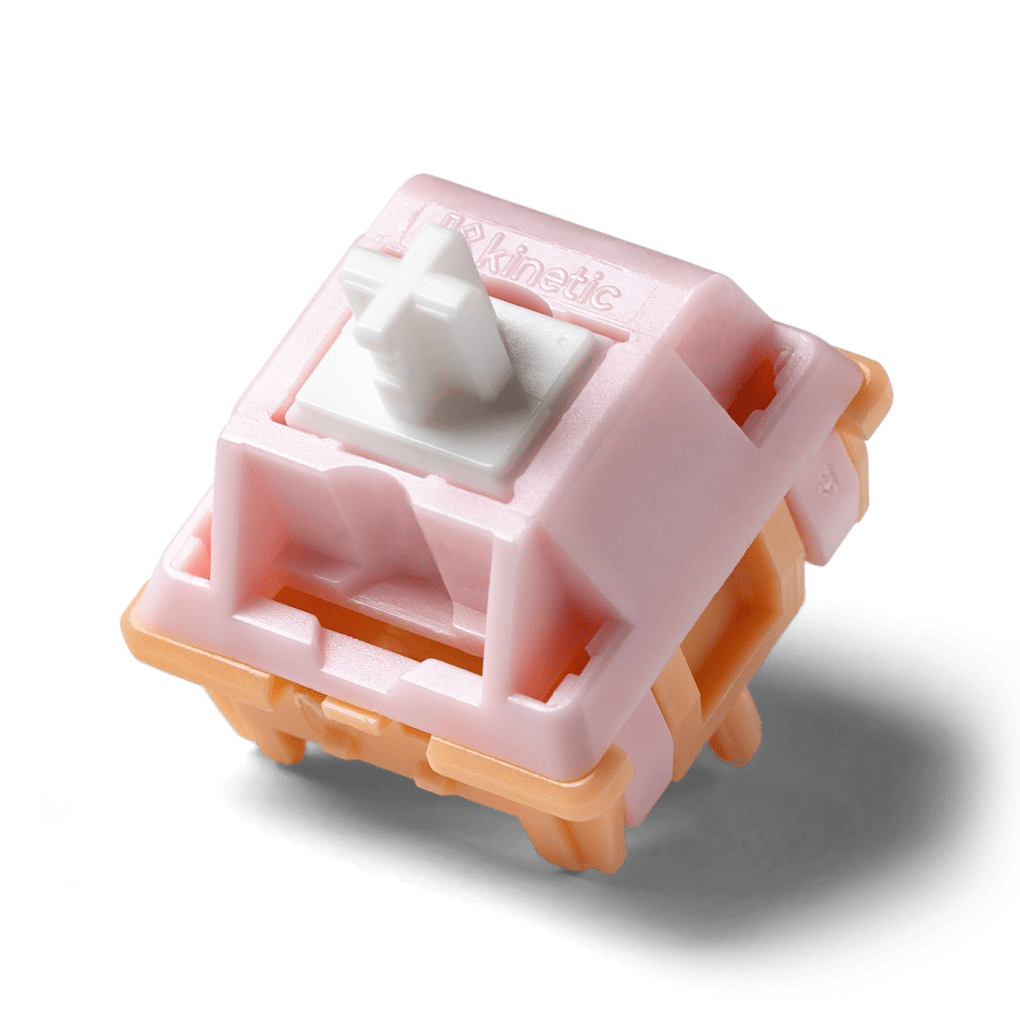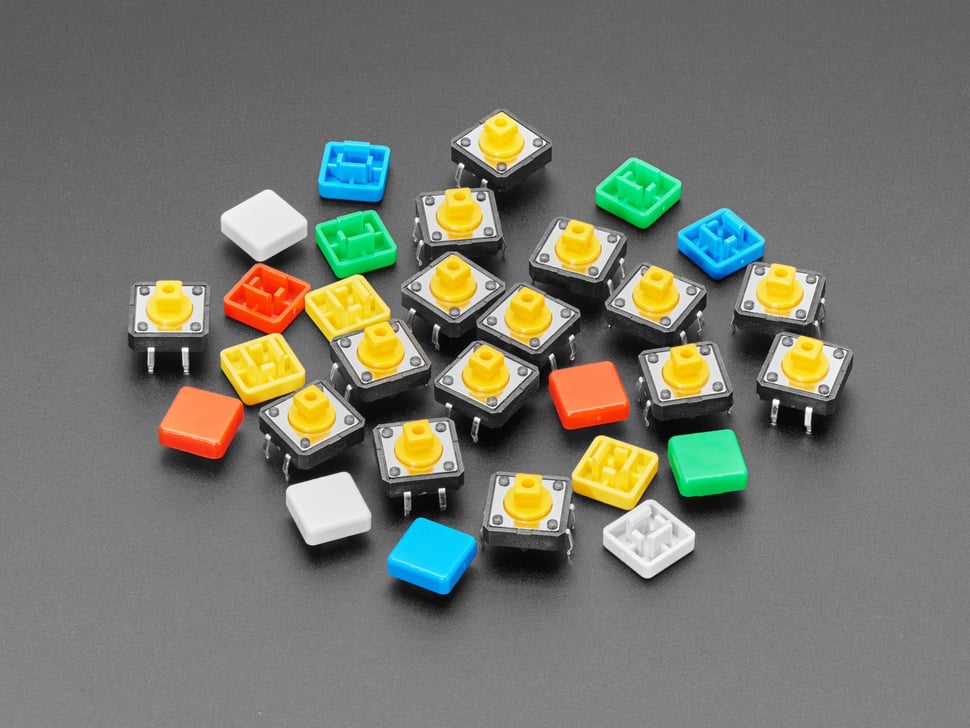The industry offers a variety of tactile switches with different feedback styles.
Understanding the Advantages of Tactile Switches for Boosted Customer Experience
Tactile switches are essential to modern individual interfaces, giving physical feedback that improves communication accuracy and customer satisfaction. By offering a distinctive feeling upon activation, tactile buttons validate user inputs without the requirement to divert aesthetic interest, improving task execution and minimizing error rates.
Exploring the Mechanics of Tactile Switches Over
To understand exactly how responsive switches enhance individual experience, it is necessary to explore their mechanics. Responsive buttons operate via a system that individuals can feel and listen to when a trick is pressed. This is achieved by incorporating a small dome or bump within the switch, which creates resistance at a certain point in the keypress pathway. When this factor is gone beyond, the resistance provides means, generating an obvious 'click.' This physical sensation is crucial as it supplies prompt physical feedback to the individual, verifying that the input has been made without requiring to trigger the button totally.
The building and construction of these buttons differs, but typical materials include metal for the get in touches with and rubber or silicone for the responsive dome - tactile switches. These elements are crafted to withstand countless cycles, making certain durability and constant performance over time. This integrity makes tactile switches specifically favored in settings that require fast, exact customer input
Just How Tactile Feedback Boosts Precision and Speed
Many individuals find that tactile comments from switches significantly enhances both the accuracy and speed of their communications with gadgets. The distinctive physical feeling offered when a tactile switch is activated permits individuals to verify their input without requiring to double-check aesthetically. This confirmation is critical in settings where interest is split across several tasks, as it makes certain inputs are both willful and proper.
Additionally, the immediate responses from responsive buttons minimizes the time taken between actions. Users do not have to press keys numerous times to make sure activation, resulting in quicker response times. This efficiency is specifically useful in high-speed typing circumstances where each nanosecond can add to general productivity.

In addition, the improved sensory experience reduces individual fatigue and boosts interaction, making interactions extra user-friendly and less prone to mistakes - tactile switches. Therefore, responsive buttons not just enhance the capability of a tool but additionally contribute to an extra rewarding individual experience
The Function of Tactile Changes in Gaming Efficiency

Moreover, responsive buttons add to quicker reaction times. The physical feeling verifies the key press without the need to bad the secrets, making it possible for quicker inputs and a smoother pc gaming experience. This is specifically valuable in games that require quick and recurring keystrokes, where rate is commonly as crucial as precision.

Tactile Buttons in Professional Settings
Tactile buttons are just as transformative in expert settings, why not try this out where effectiveness and ergonomic style enhance performance. These buttons, frequently found in high-precision key-boards, are prized for their responsive feedback. When pushed, they offer a visible bump midway via the keypress, confirming activation without the demand for complete traveling. This function permits professionals such as typists, designers, and information entrance staffs to increase inputting speed and precision, minimizing the risk of mistakes and the pressure linked with long term keyboard use.
In setups like control spaces or workshops, responsive switches are incorporated right into devices for their dependable performance. They use drivers the assurance needed in high-stakes atmospheres, guaranteeing that every command or change is executed as planned. This reliability, coupled with the tactile feedback, aids maintain high levels of focus and operational performance, crucial in keeping process and meeting professional standards.
Contrasting Tactile and Non-Tactile Interface
Exactly how do responsive individual interfaces compare to their non-tactile counterparts? The primary distinction hinges on the feedback offered to individuals. Responsive user interfaces, such as those with physical switches or distinctive surfaces, supply instant physical responses via touch. This sensory reaction can enhance individual accuracy and speed, specifically in environments where visual interest need to be divided. Non-tactile user interfaces, like those with flat touchscreens, depend on visual or auditory comments, which may not be as instant or intuitively refined.
The choice between tactile and non-tactile user interfaces typically relies on the application's context and user needs. For example, tactile user interfaces are indispensable check this in situations calling for operation without straight view, such as driving or in certain commercial settings. Conversely, non-tactile user interfaces check these guys out can be exceptional in tidy or sterile settings where physical buttons might harbor pollutants. Each type has its staminas, and the ideal selection improves individual communication, making certain performance and efficiency in customer experience.

Final Thought
In conclusion, tactile switches dramatically enhance individual experiences by giving essential physical responses. By offering a much more instinctive and satisfying communication, responsive switches verify exceptional to non-tactile user interfaces, making them a preferred choice for individuals looking for reliability and performance in their interactions with modern technology.